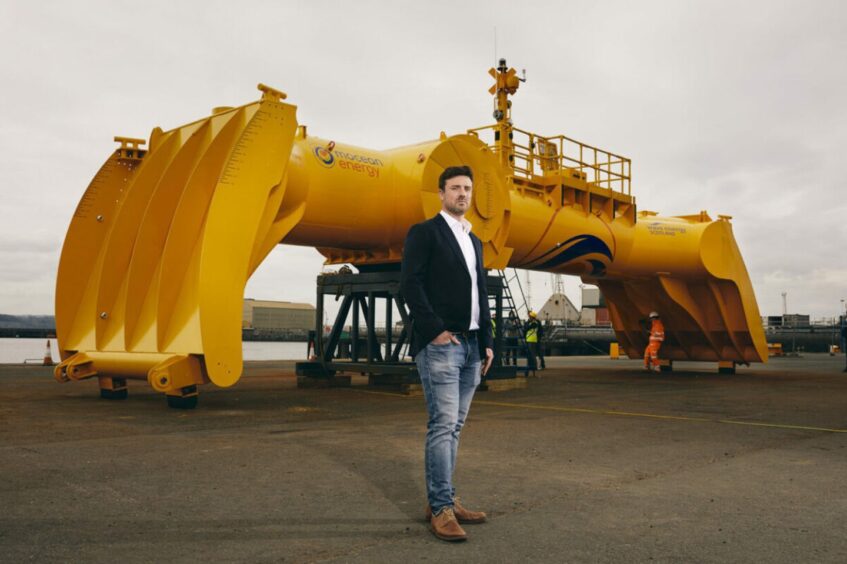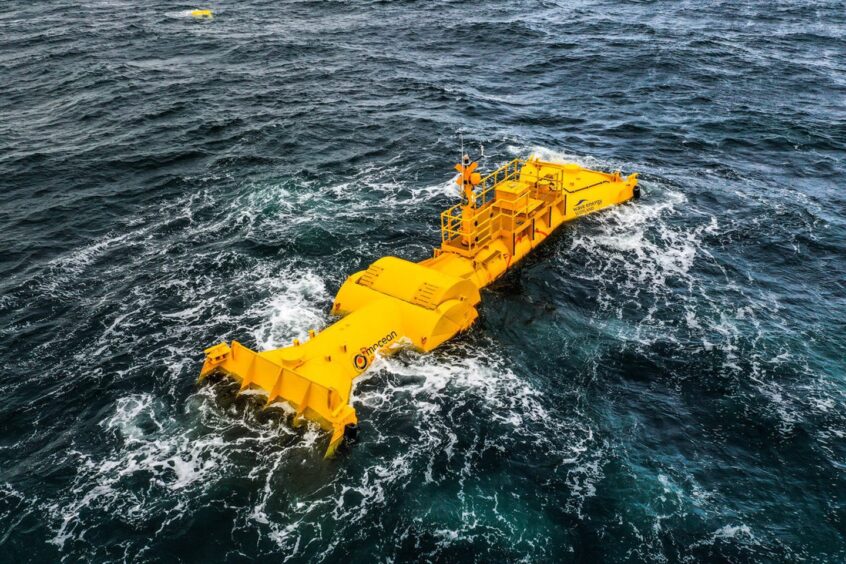
As an island nation with a proud maritime history, the UK and the blue economy go hand in hand.
From aquaculture and oil and gas through to renewable energy, it is a vast economic resource that remains relatively untapped but is tipped to grow to £2.5 trillion by 2030.
Unlocking its full potential hinges on one key factor though – energy. That includes energy for the blue economy – power for applications and operations – and energy sectors within the blue economy – power for countries and cities.
There have been remarkable advancements in the Blue Economy in 2024, but the race is only partially run, and the next few years will be crucial for maturing technologies.
With mounting pressure to meet net zero targets by 2050, the UK needs to harness every resource at its disposal.
Success hinges on policy action, public-private partnerships, and technological breakthroughs that can transform the ocean into a reliable, clean energy source.
Energy for the Blue Economy
From traditional industries like offshore oil and gas, to emerging sectors like subsea data centers and ocean-based carbon capture, energy is the lifeblood of the Blue Economy.
Ports and harbours up and down the UK are grappling with rising energy demands as they electrify their infrastructure to reduce emissions.
Among the various options open to them, ocean-based energy sources like wave power stands out for their predictability and consistency, offering a reliable complement to intermittent renewables like wind and solar.
Companies like Mocean Energy are at the forefront of this technology, developing wavepower solutions that integrate with solar and battery storage systems to ensure continuous energy supply.
Energy sectors within the Blue Economy
Multi-renewable offshore energy parks are one key method for accelerating the commercial viability of ocean energy solutions.
Mocean Energy’s Blue Star system powers oil and gas subsea equipment, but it also includes wave, solar and battery, all with the ultimate aim of scaling to generate large scale power.
This multi-use model, already gaining traction onshore, offers a compelling blueprint for offshore development.
By co-locating multiple renewable technologies, these parks can maximise seabed utilisation, optimise grid connections, and enhance energy output during peak demand periods.
The UK, a global leader in offshore wind, is uniquely positioned to pioneer this approach.
Studies show that combining wave and wind energy could reduce the levelised cost of energy (LCOE) for wind farms by 17%, making these hybrid systems more competitive.
Additionally, integrating wave energy with offshore wind could improve grid stability, reduce the need for energy storage, and support the UK’s broader decarbonisation goals.
The Role of GB Energy and Policy Frameworks
Amongst other things, 2024 will be remembered in the UK as the year in which the Labour Party regained power.
Amongst their flagship election policies was the creation of the state-back company GB Energy and, while the bill is still making its way through parliament, the early signs are that it will deliver a boost to the UK’s burgeoning ocean energy sector.
By providing matching capital for innovative technologies and streamlining regulatory processes, GB Energy can make ocean energy projects more investable and accelerate their time to market.
Carrying the Momentum into 2025
Policy interventions will also be critical in 2025 and beyond. The UK Government, through mechanisms like Contracts for Difference (CfD), can incentivise the adoption of emerging technologies by setting deployment targets and offering financial support. But we also need to see innovation funding targeted at ocean energy, such as that which goes towards supporting the demonstration of innovative technologies.
This needs to be backed by regulatory frameworks that support the deployment of renewable energy in Blue Economy applications.
As we look toward a new year, we should recognise the unique position the UK is in, but the delicate balance needed to maximise the potential of the Blue Economy.
Policymakers must ensure that lease fees and CfD mechanisms are attractive enough to retain global investors while maximising local benefits.
If executed correctly, the UK’s Blue Economy could become a beacon of innovation, sustainability, and economic growth, driving the nation closer to its net-zero ambitions.
The ocean has long been a source of food, trade, and livelihood. Now, it holds the key to a sustainable energy future. The time to act is now, and the rewards will be felt for generations to come.
Recommended for you

 © Image: Mocean Energy
© Image: Mocean Energy